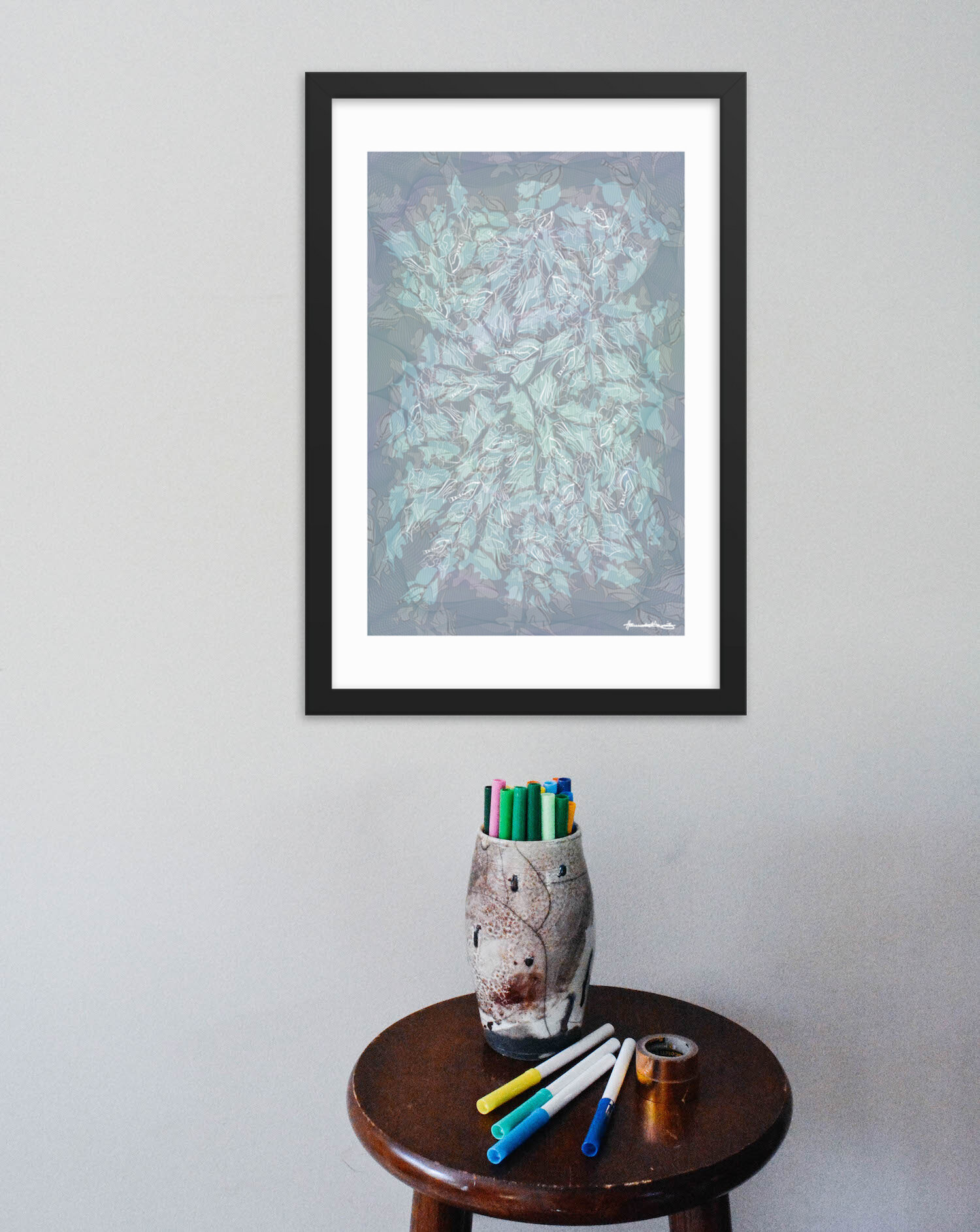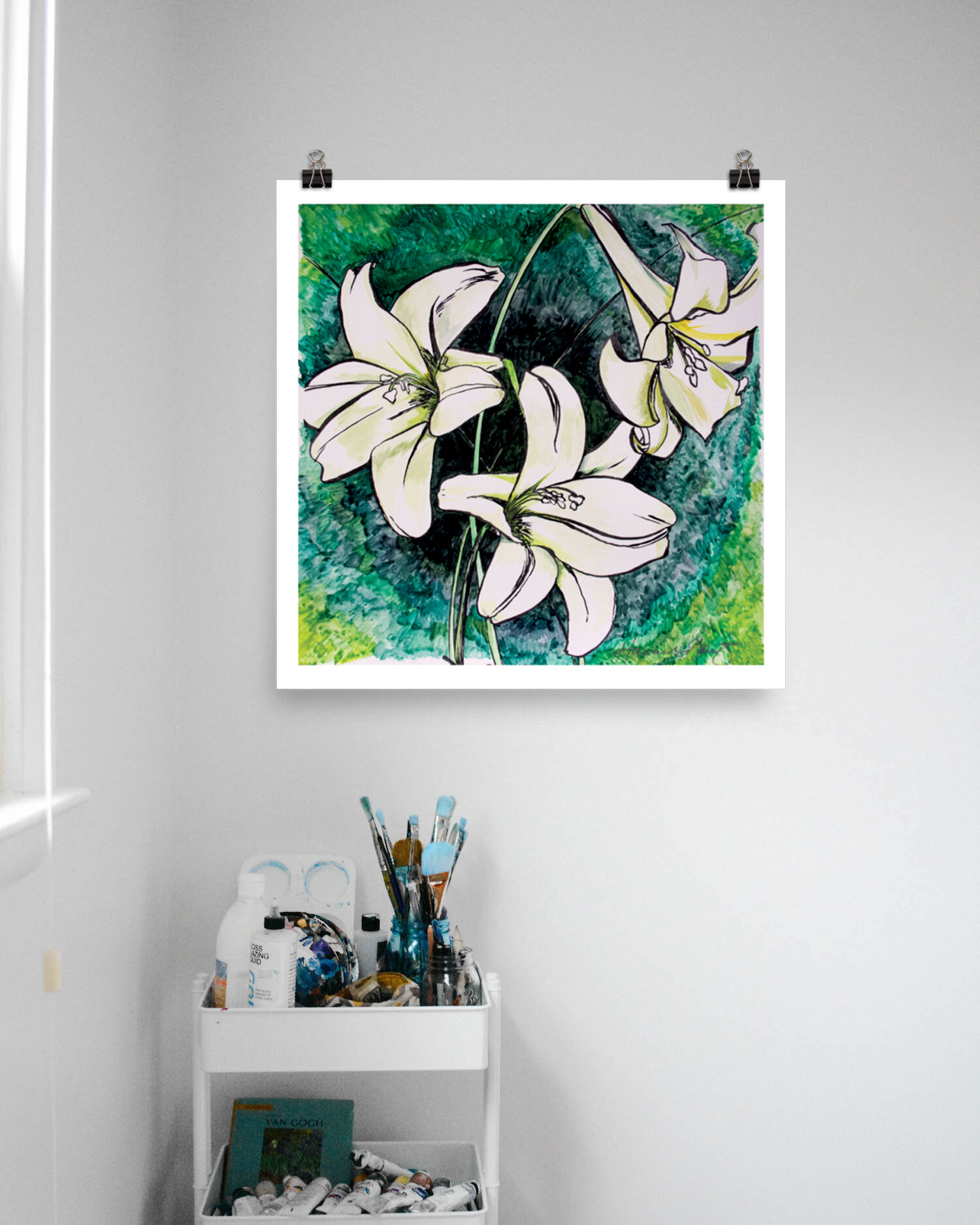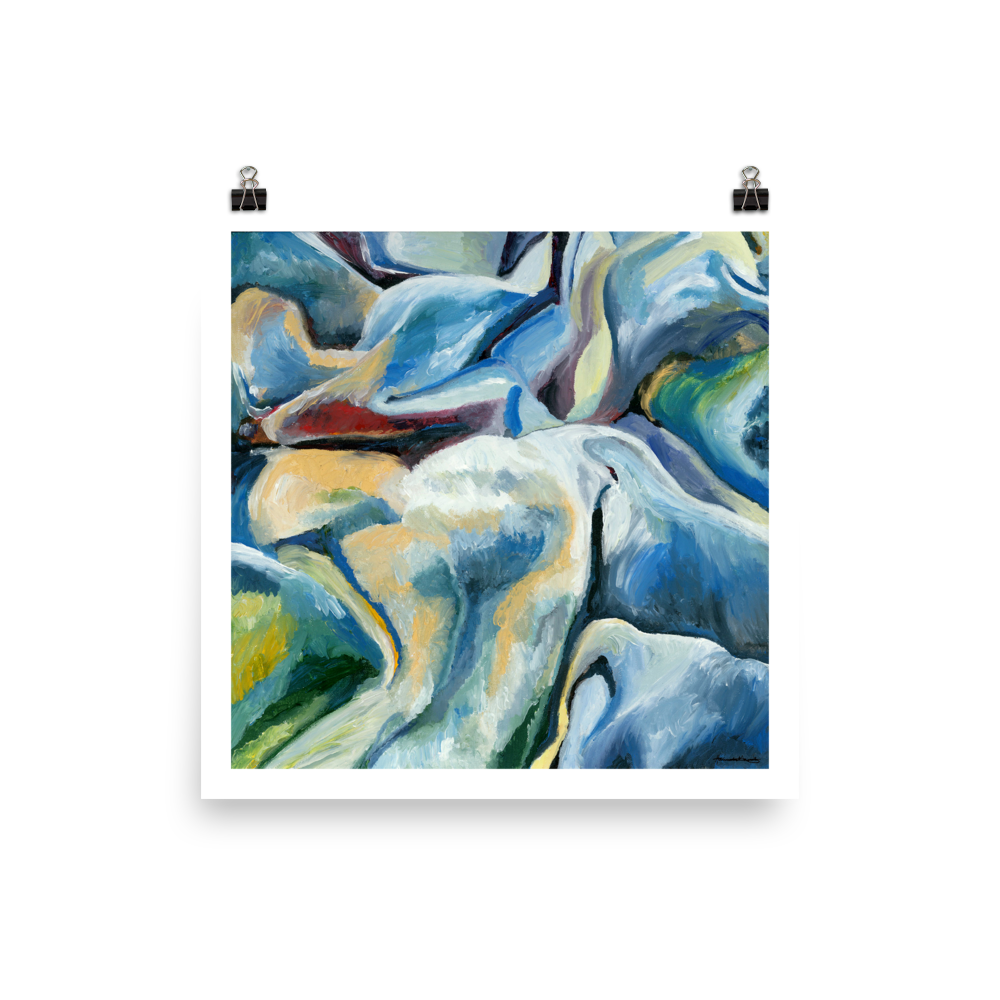Prepared Print (Easter) By Hannah Garrity
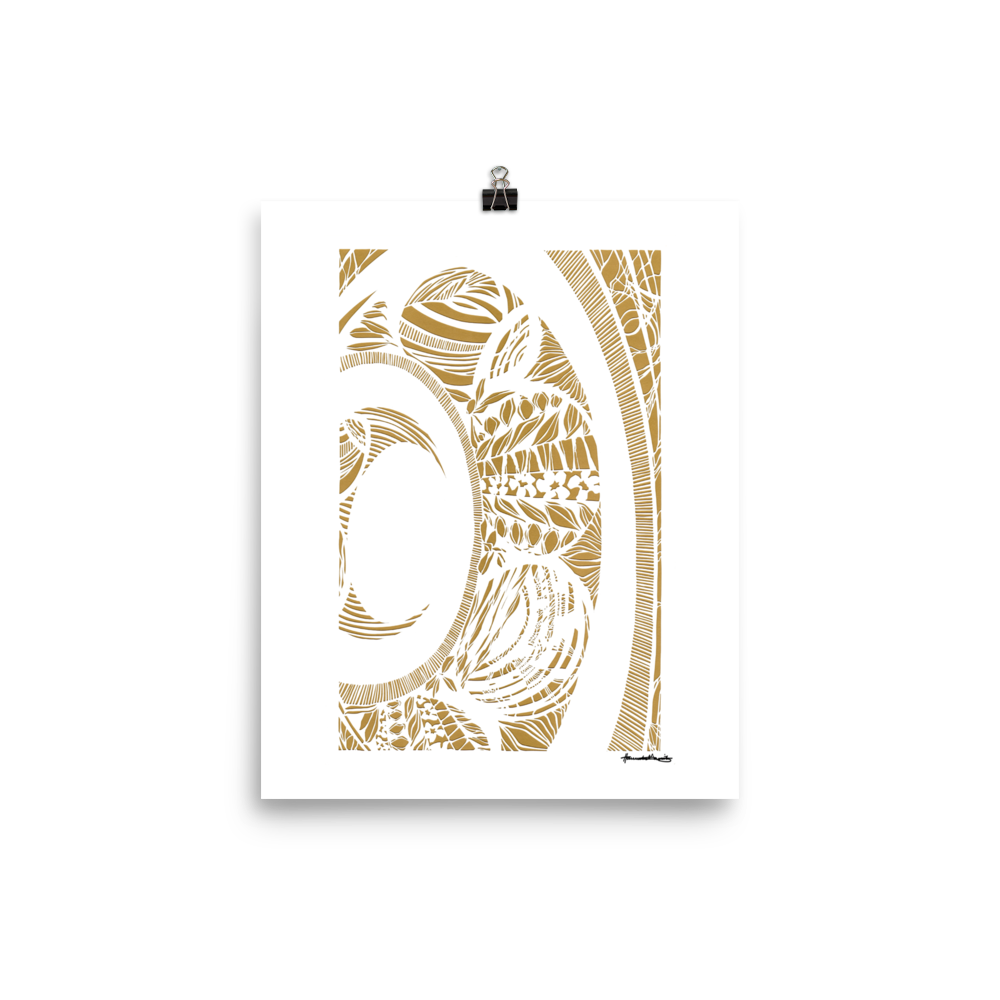


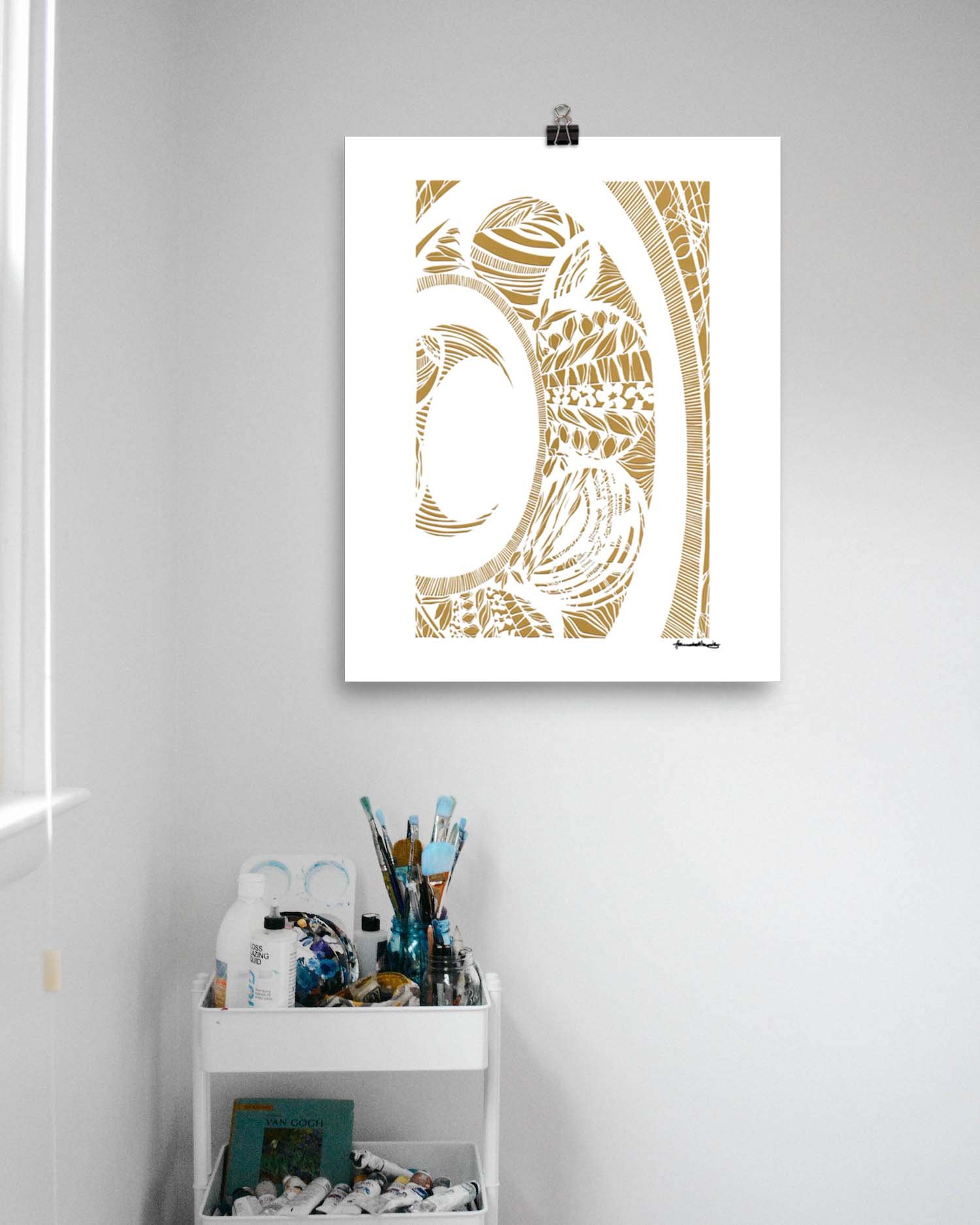


Prepared Print (Easter) By Hannah Garrity
Prepared
Paper lace
By Hannah Garrity
Inspired by Luke 24:1-12
Museum-quality poster made on thick, durable, matte paper. Unframed artwork will arrive rolled up in a protective tube.
Framing option available.
Print Details:
Museum-quality posters made on thick, durable, matte paper.
Paper is archival and acid-free.
Unframed prints arrive rolled up in a protective tube.
Frame Details:
Alder, Semi-hardwood frame
Black in color
.75” thick
Acrylite front protector
Lightweight
Hanging hardware included
Made in the USA
From the Artist:
“But on the first day of the week, at early dawn, they came to the tomb, taking the spices that they had prepared. They found the stone rolled away from the tomb, but when they went in, they did not find the body.” (Luke 24:1-3, NRSV)
I recently read Art and Faith by Makoto Fujimura. Fujimura speaks of the beauty in particular moments in scripture: when the women enter the tomb, and when Mary, sister of Martha, pours oil over Jesus before his journey to the cross. Fujimura draws attention to these texts to anchor a discussion of the importance of beauty in faithful practice. God placed beautiful things on earth for us to give back to God in glory. We must consider when, where, why, and how we engage beauty. We must engage with beauty in our faithful practice.
In this paper lace art piece, the inside of a bowl is patterned with images telling the initial moments of the Easter story. This design depicts burial spices in patterns. Amidst the spice patterns, a sunrise emerges. At the top is an abstract image of the empty tomb.
This moment, the moment when the women arrive at the tomb, represents an act of holy, extravagant, expansive beauty. Imagine being there, arriving at daybreak, holding the spice bowl in your hands. The burial spices, nard and myrrh, were aromatic. The aromas of blood, oils, death, and spices fill the air. Imagine how it would have smelled. It was the work of the women to honor the body of the deceased; to honor the life he had lived, and they had loved.
How might we honor God with our practices of beauty? What materials do we need to gather and incorporate? How can we keep God centered in our creative endeavors?
—Hannah Garrity


